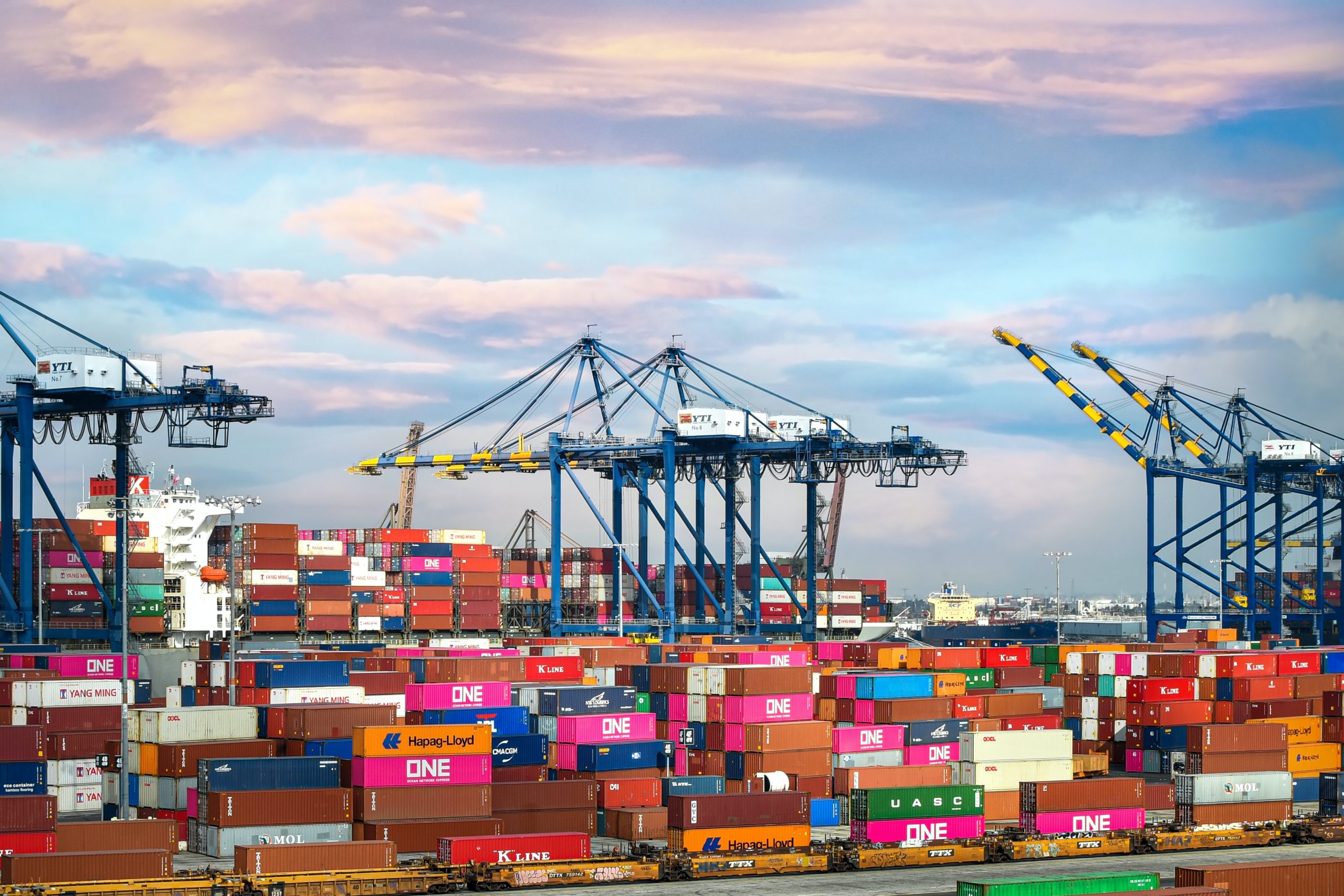
A European company (SE) is a company entered in the Commercial Register that can transfer its listed office from one EU Member State to another without winding up of the company or creating a new legal reality in another Member State. Likewise, a SE may transfer its listed office not only within the EU, but also to Iceland, Norway, and Liechtenstein, which aren’t the EU Member States. In Latvia, enrollment of a SE is performed by the Register of Enterprises. SEs are treated like public limited companies (PLC) and are governed by the regulations of the separate Member State on the operation of similar companies.
Establishment of a European company (SE)
The establishment of a SE is determined by the Council Regulation No.2157/2001 on the Statute for a European Company (SE). This Regulation aims to apply a medium that would allow various undertakings from different Member States to establish a single European company with a unified legal frame in all EU Member States. The Regulation offers several options:
- To promote cross-border cooperation, cross-border junction of public limited companies.
- Establishment of a holding company within the frame of which the merged companies continue to live.
- Transfer of the listed office of a SE to another EU Member State without winding-up of the company.
- The Regulation also allows to change a formerly public limited company to a SE and to establish a common attachment of the SE.
Until 2004, to transfer the listed office of a company to another EU Member State one had to wind up the company in its country of origin and to establish a new company in the asked EU Member State or had to carry out incorporating or immersion procedures.
Transfer of SE
Operations of a SE are governed by the laws of the state where the listed office of the separate SE is located. Before the listing office can be transferred, a document attesting that all necessary conduct and formalities are concluded, and changes can be made must be obtained from the competent public authority. A SE cannot transfer its listed office in case of winding-up, liquidation, bankruptcy, the conclusion of payments, or other analogous processes.
An operation or administration body must prepare a report explaining and justifying all legal and profitable aspects of the transfer and also explaining how this transfer will affect shareholders, creditors, and workers. Each Member State may borrow regulations regarding SEs registered in this state to ensure decent protection of rights of those nonage shareholders, who are against the transfer of the listing office.
According to the Regulation, a SE which has transferred its listed office to another Member State shall be considered, in respect of any cause of action arising before the transfer as determined in earlier, as having its listed office in the Member States where the SE was registered before the transfer, indeed if the SE issued after the transfer’.
System of operation
The SE may have a two-league or one-league system. The two-league system consists of a general meeting of shareholders, an administrative body, and an operation body. In its turn, the one-league system includes only a general meeting of shareholders and the operation body. The choice of the structure is handed in in the papers of association.
The Commission Regulation No.2157/2001 allows Member States to limit certain rights of a company related to enrollment of a SE; still, similar limitations can only be based on public interests, and a possibility to revise similar cases in the court must be imaged.
An incorporating procedure cannot be declared invalid after the completion of the SE enrollment procedure. Failure to keenly examine the legitimacy of a junction may serve as grounds for winding-up up a SE.
The involvement of workers in a SE is governed by the vittles of the Directive 2001/ 86/ EC.







